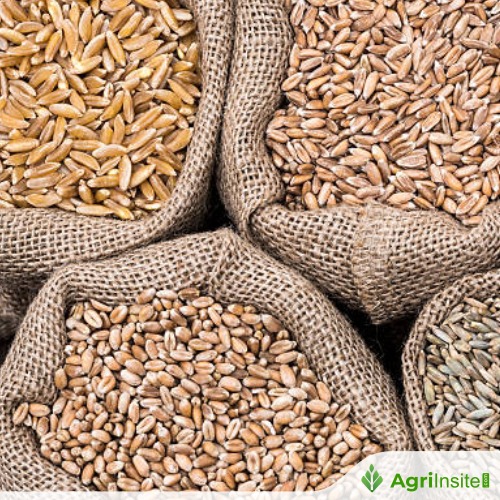U.S.: Wheat Outlook Shared In August Estimates

The August WASDE report revised U.S. wheat production lower but boosted export projections, citing strong Hard Red Winter Wheat sales. Exports may reach 875 million bushels, nearly 50 million above last year. Prices fell to \$5.30 per bushel despite tighter stocks, aided by lower corn prices. Global wheat output remains near record highs at 806.9 million tons.
The August World Agricultural Supply and Demand Estimates (WASDE) report brings mixed news for the wheat market. While domestic wheat production was revised downward, export demand is showing significant strength heading into the new marketing year.
According to Mark Jekinowski, Chair of the World Agricultural Outlook Board, the export forecast was raised due to impressive performance in Hard Red Winter Wheat (HRW).
“We raised our wheat export forecast by 25 million bushels. That’s really based on HRW in particular. Continued strong sales and shipments.”
If realized, this would mean a major uptick for the U.S. wheat export market.
“If realized for this crop year, 875 million bushels of exports would be up almost 50 million bushels from last year.”
This outlook comes despite slightly tighter ending stocks, which are typically a cause for concern. Interestingly, prices have moved in the opposite direction.
“Even with those slightly tighter ending stocks, we lowered our price by 10 cents per bushel, now at $5.30 per bushel. That reduction was mainly based on some expectations that lower corn prices are going to weigh on the wheat market complex.”
This price reduction could be a strategic advantage for U.S. exporters as they continue to compete globally.
On the international side, changes to the global wheat supply and use balance sheet were minimal, with a few regional adjustments driving the numbers.
“In terms of the global supply and use balance sheet, relatively small changes overall. Feed use down about 1.3 million tons, mainly reflecting lower feed use in China, based on a smaller crop there, as well as lower feed use in the Philippines and Indonesia, where corn is going to become much more competitive. So we anticipate more corn imports into those countries.”
Still, even with reductions, the world is on pace for a record harvest.
“Overall, global wheat production was lowered 1.7 million tons to 806.9 million tons. But despite that reduction, that would still be record high global wheat production.”
To Read more about Wheat News continue reading Agriinsite.com
Source : Ukr Agro Consult

















